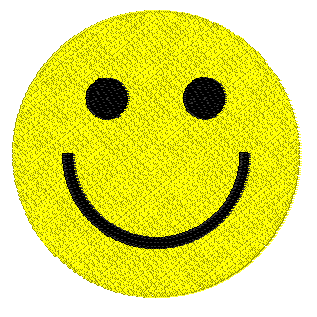My original idea for a Ning site was about how we would "see" a new color - What does it look like, how would we expect it to taste, would seeing it make us feel happy, or sad, etc. etc. Through my Ning site, the idea transformed a little bit when it became evident that the colors we see now are highly subjective.
Basically, we've got enough trouble as is with the colors we've got now.
Color is Subjective
Someone commented on my blog who is red-green colorblind :
http://acolorfullworld.ning.com/profiles/blogs/color-blindness
" The thing of it is, what I do see when looking at these colors is not a perfectly neutral gray or, as some people have thought, the object of color is completely invisible to me, but rather a different version of what everyone else sees."
Right from the start, not everyone is looking at the same colors.
I really liked how he wrapped up his comment :
"[Color] is rather subjective and is a surprisingly loose "structure" of definition to describe things that we, especially as visual people, put a lot of trust and confidence in."
-How can we trust that people see things the same?
-If people see things differently, how can we know that everyone sees our work the same?
-Is color a futile endeavour if no two people see it the same?
-What happens when we can't trust the colors we see in front of us? How do I know that what I'm looking at is what someone else saw when they made it?
We've been trying to quantify color for a long time.
In a world of subjective color, Crayola feels that it can successfully color our world with only 120 different crayons.
-The whole world, in 120 colors from Almond to Yellow-Orange.
http://www.crayola.com/colorcensus/history/current_120_colors.cfm
-How do you try and describe "Fuzzy Wuzzy Brown" or "Razmatazz" as a color? If there's only 120 of them, you'd better be carefull how you name them!
There's a real science behind the meanings of some colors
(From my Ning site - someone sent this to me)
http://www.infoplease.com/spot/colors1.html
-Some colors do have certain reactions within our brains.
-"While blue is one of the most popular colors it is one of the least appetizing. Blue food is rare in nature. Food researchers say that when humans searched for food, they learned to avoid toxic or spoiled objects, which were often blue, black, or purple. When food dyed blue is served to study subjects, they lose appetite." (From above link)
-"The most romantic color, pink, is more tranquilizing. Sports teams sometimes paint the locker rooms used by opposing teams bright pink so their opponents will lose energy."
American Squirrels Becoming British Citizens
13 years ago









